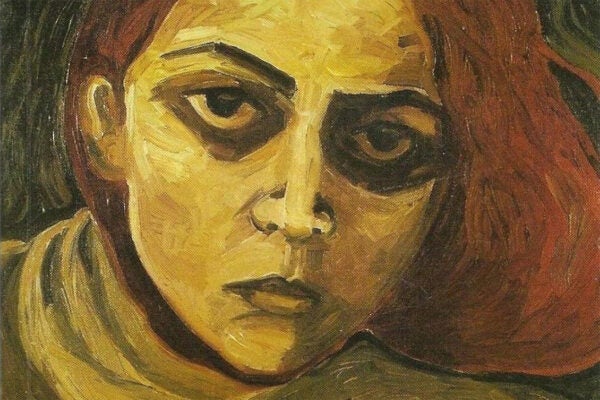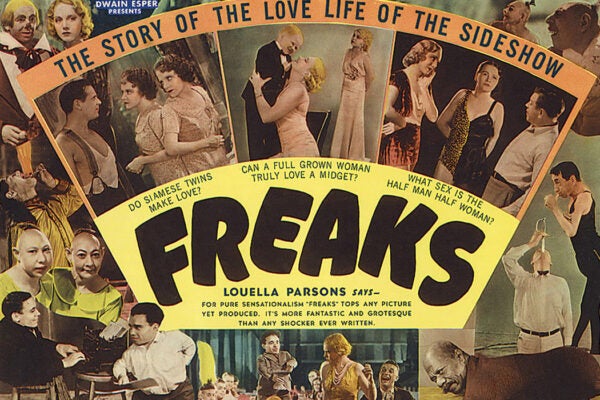In the computer age, many people around the world have mourned the loss of handwriting instruction. It’s a particularly salient issue in China, where, as education scholar Ming-Tak Hue writes, calligraphy is not just a method of communication, or even just an artform, but a spiritual practice.
Hue writes that Chinese texts offering instruction in calligraphy and explaining the theory behind it go back as far as the second century CE. The practice draws on Confucianism, Taoism, and Buddhism. It’s also a personal art, reflecting the thoughts and feelings of the calligrapher and allowing them to cultivate a spiritual approach.
Hue studied calligraphy for fifteen years under Yuan Hong-Shu, a master of the art who, as a child in his hometown of Dongguan in the early twentieth century, learned the practice by copying ancient manuscripts under his father’s tutelage.
In this practice, every step in the process, including flattening the rice paper and softening the brush, requires the adherence to specific guidelines to promote mindfulness. For example, Hue was taught to grind an ink stick in a slow circular motion with fingers relaxed, applying minimal pressure to the ink stone. According to the traditional Chinese system of working with energy, this transmits qi smoothly from the center of the body to the tip of the ink stick. Each brush stroke is accompanied by a particular way of breathing. For example, the artist may begin with a deep inhalation, followed by a slow exhale while smoothly applying the paint to the paper.
Hue’s teacher taught him that doing calligraphy while preoccupied with external concerns obscured the clear view of the inner and outer world necessary for the art form. Therefore, an artist must try to maintain a tranquil mind and focus on their action in the moment. This is both a spiritual practice and a method for maintaining sensitivity to the way the brush moves over tiny irregularities in the paper.
Weekly Newsletter
Another method Hue learned was studying nature, an idea explained in ancient guides to calligraphy. For example, fourth-century writer Wei Shou wrote that “the dot is like a stone dropped from a high peak which hits the ground with a sharp retort; the left slash is as bold as a rhinoceros horn; the right slash is an arrow ready to leave the taut bow string…”
A common understanding in China is that handwriting reflects the purity of a person’s mind and heart, so good calligraphy requires spiritual preparation.
“The calligraphy of brushwork is not only delightful to the eye but also an inspiration to the spirit,” Hue writes. “It is a practice of mindfulness for promoting self-reflection and self-cultivation which leads calligraphy practitioners to reflect in their mind and heart, and so brings them into a harmonious relationship with others and the natural world.”
Support JSTOR Daily! Join our membership program on Patreon today.







